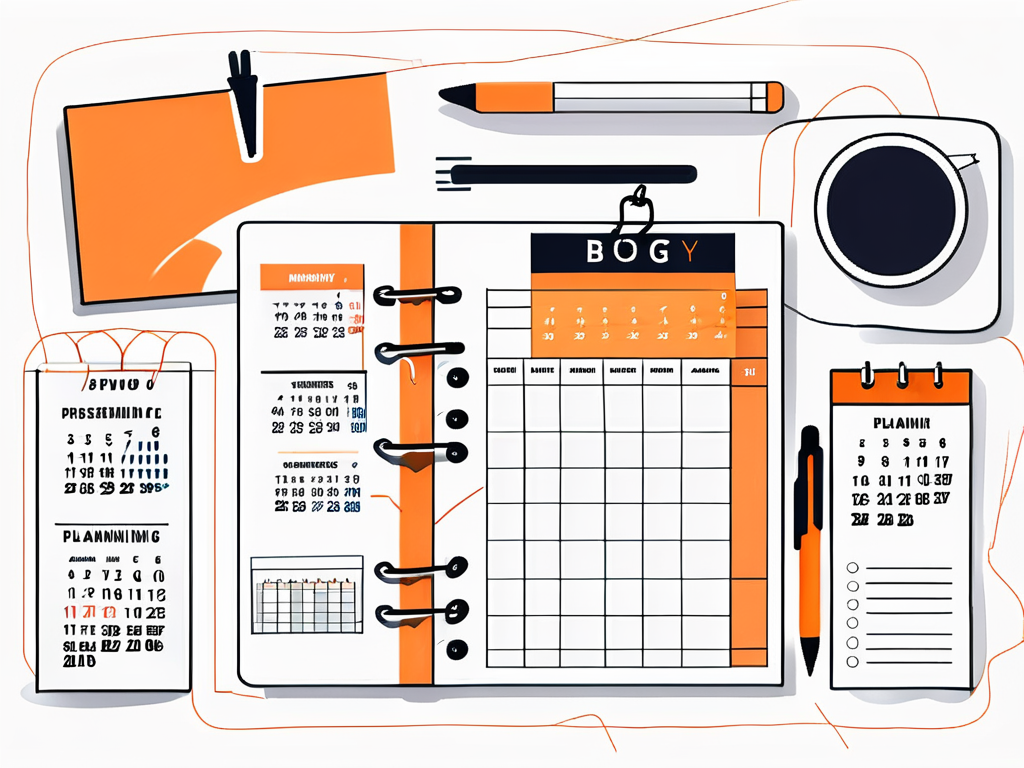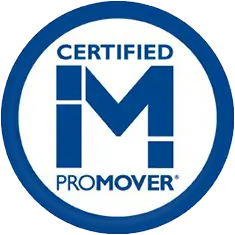Moving can be a daunting task, filled with many responsibilities and challenges. However, with the right tools and a detailed checklist, you can transition to your new home smoothly and efficiently. This guide serves to provide you with insights and techniques to master your upcoming relocation.
Understanding the Basics of Moving
Relocating is not just about changing addresses; it’s about moving your life from one place to another. Understanding the basics of moving is crucial for an organized process. Each move requires careful thought about logistics, packing, and even settling into your new location.
The Importance of Planning for a Move
Effective planning is the backbone of a successful move. It involves more than just deciding when to move; it includes creating a timeline, budgeting for expenses, and coordinating with various parties involved. A well-laid plan helps manage expectations and can significantly reduce stress during the moving process.
Creating a floor plan for your new home can also be beneficial. Visualizing the arrangement of your belongings beforehand can make unpacking smoother and help determine what furniture you will need to move or purchase anew. Additionally, taking measurements of your new space can prevent the frustration of discovering that your beloved sofa won’t fit through the door or into the designated area.
Common Challenges in Relocating
Moving can bring unexpected challenges that can disrupt your plans. Some common issues include miscommunication with moving companies, packing delays, and even inclement weather. It’s essential to remain adaptable and have contingency plans in place. For instance, having a backup plan for transportation or an alternative storage solution can save you from last-minute chaos.
Another challenge is the emotional toll of leaving a familiar environment. Saying goodbye to neighbors, friends, and community can be tough, so it’s important to acknowledge these feelings and give yourself time to adjust. Engaging in farewell gatherings or creating keepsakes from your old home can provide closure and help ease the transition. Moreover, immersing yourself in local activities or community events in your new area can foster connections and help you feel more at home, making the adjustment period a little less daunting.
Pre-Moving Preparations
Before the actual moving day, thorough preparations will set the stage for a seamless transition. This phase is critical in managing your time and resources effectively, allowing for a less chaotic move.

Organizing Your Belongings
Start by decluttering your space. Evaluate each item, and decide what you will take, sell, donate, or discard. A good rule of thumb is to part ways with items that you haven’t used in the past year.
- Make a list of items you want to keep.
- Consider donating gently used items to local charities.
- Hold a garage sale for items in good condition that you no longer need.
Once you have sorted through your belongings, categorize them by room. This will simplify packing and unpacking processes and will help you track where everything is located. Additionally, consider creating a detailed inventory list that includes the condition of each item. This can be particularly useful for insurance purposes and will give you peace of mind knowing exactly what you own. As you pack, use sturdy boxes and label them clearly to avoid confusion later on. You might even want to color-code boxes by room to streamline the unpacking process.
Scheduling Your Move
Choosing the right time to move can significantly affect the ease of the process. Try to aim for off-peak moving seasons, which tend to be less crowded and more affordable. If possible, consider moving during the middle of the month or on weekdays.
It’s important to book your moving company well in advance. Availability can vary, so the sooner you secure your choice, the better. Additionally, remember to inform your landlord or current property owner about your move-out date to ensure you fulfill all lease obligations. Don’t forget to check for any local regulations regarding moving trucks in your area, as some neighborhoods may require permits for parking or loading. Planning these details ahead of time can save you from unexpected delays and fees on moving day.
Choosing the Right Moving Company
The selection of your moving company can make or break your moving experience. Investing time in choosing a dependable mover will pay off in lower stress and better service.
Evaluating Moving Companies
Start by researching various moving companies. Look for those with positive reviews and testimonials. A reputable mover should have a valid license and insurance to protect your belongings during transit.
Request quotes from multiple companies to compare services and prices. Pay attention to hidden costs that may be included in the final bill, such as fuel charges or fees for handling heavy items.
Questions to Ask Your Potential Movers
Before finalizing a moving service, prepare a list of questions to clarify any uncertainties. Key questions should include:
- What are your rates and service options?
- Are there additional fees I should know about?
- How do you handle items that are damaged or lost?
- Is your company licensed and insured?
- What is the estimated timeline for my move?
This will not only give you a better sense of the company’s reliability but also help you feel more confident in your decision.
Packing Tips and Tricks
Once the logistics of your move are under control, it’s time to focus on packing. Efficient packing is integral to a successful move and can alleviate unpacking woes later on.
Essential Packing Supplies
Gather quality packing materials to ensure your items are secure and protected during the move. Here are the basic supplies you will need:
- Sturdy boxes of various sizes
- Bubble wrap and packing paper
- Packing tape and tape dispenser
- Markers for labeling
Investing in reliable packing materials will minimize damages to your belongings and make it easier to unpack in your new home.
Room-by-Room Packing Guide
A room-by-room approach to packing will keep your move organized. Start with lesser-used rooms, such as the attic or garage, and work towards commonly used areas like the kitchen and living room.
Label each box clearly with its contents and the room it belongs to. This helps movers know where to place boxes in your new home and makes unpacking more streamlined.
Handling Moving Day
Moving day can be overwhelming, but with the right preparation, you can navigate it smoothly. Staying organized is key to tackling all the tasks you will face on this busy day.
Last-Minute Checklist for Moving Day
As moving day approaches, having a final checklist can ensure nothing is overlooked. Here are a few tasks to complete:
- Confirm arrangements with your moving company.
- Pack a “first night” box with essentials like toiletries and a change of clothes.
- Take one last walkthrough of your home to ensure you haven’t left anything behind.
- Make sure utilities are turned off and note final meter readings.
Completing these tasks will help you avoid misunderstandings and ensure your move goes as planned.
Dealing with Unforeseen Issues
Despite careful planning, issues may arise on moving day. Whether it’s a delay from the moving company or severe weather, remain calm and flexible. Having a backup plan or extra funds set aside can cushion the impact of sudden challenges.
Staying in communication with your moving company and being ready to adjust your schedule can help mitigate complications. Remember, flexibility is one of the most important tools you have in your moving toolbox.
In conclusion, whether you are moving across the street or to a new city, following this ultimate moving checklist can pave the way for a successful transition. Proper planning, choosing the right movers, packing efficiently, and staying adaptable on moving day will ensure that your relocation is smooth and stress-free.
















